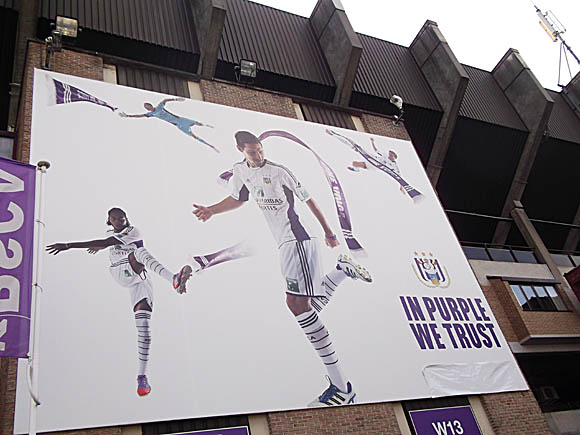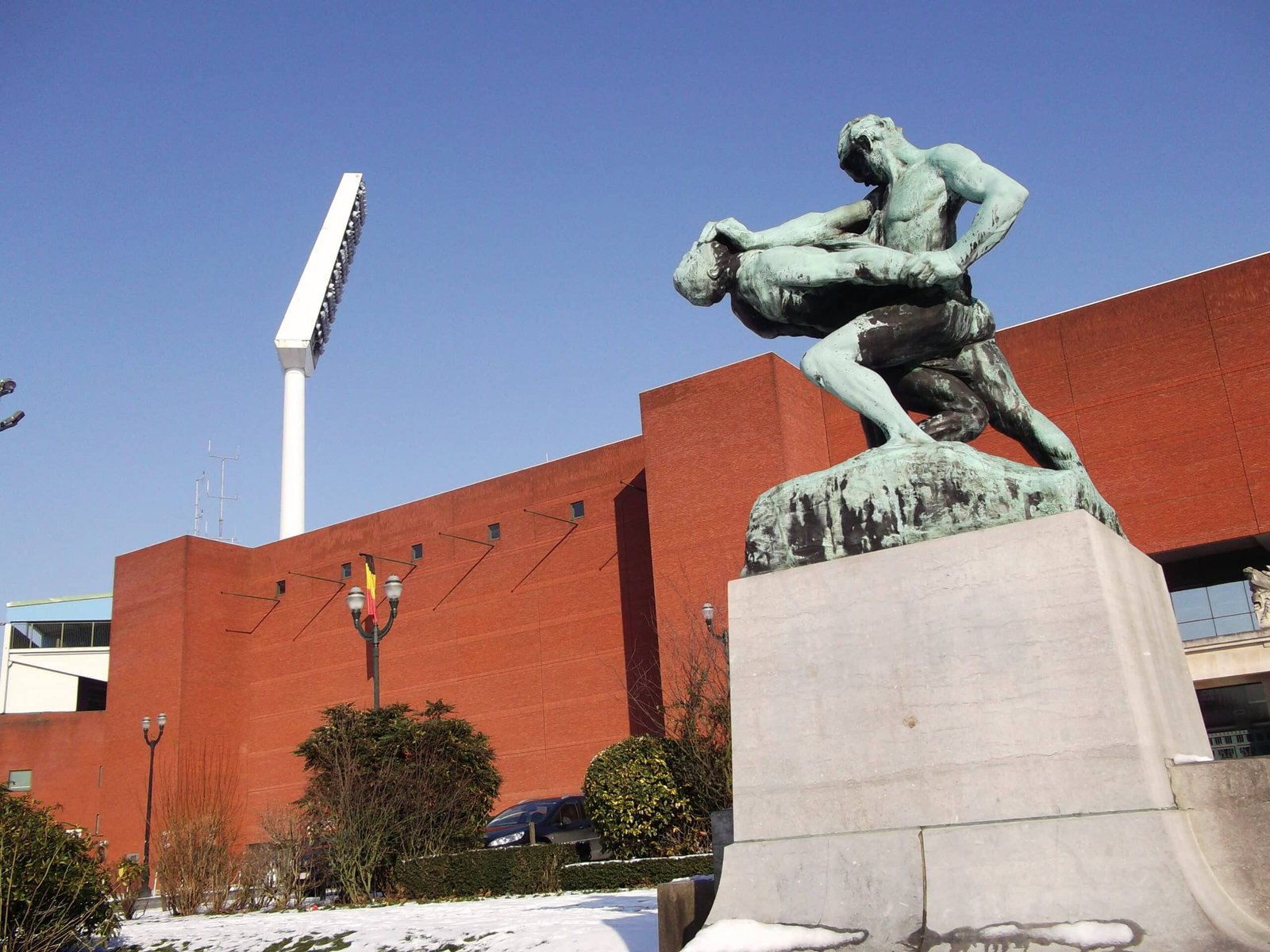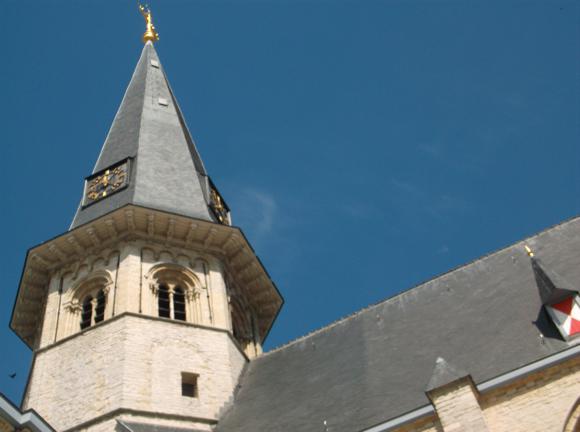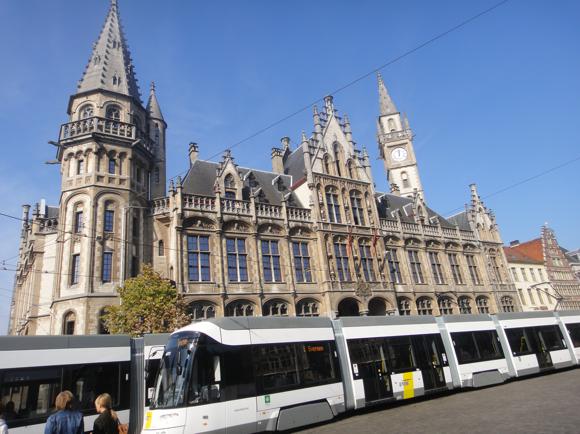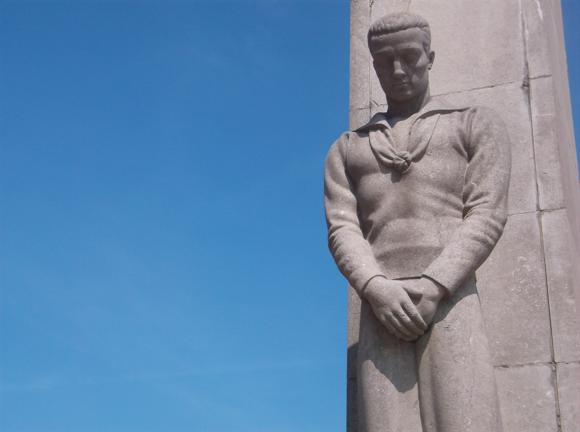Teams, tales and tips – a guide to the local game
When Brussels was first announced as one of 13 cities due to host Euro 2020, thoughts turned to Heysel, synonymous with the tragic European Cup Final of 1985. Both the name of the area and the stadium that centrepieced it, Heysel also refers to the disaster in which 39 mostly Juventus fans lost their lives when hooliganism, poor crowd control and a crumbling infrastructure combined to cause horrific scenes before the match.
After years of recriminations, legal processes and the long-term banning of English teams from playing in Europe, Belgium’s national stadium was rebuilt a decade later as the Stade Roi Baudouin. It was welcomed back into the international fold with the staging of the opening match of Euro 2000.

The venue also formed part of Belgium’s bid to co-host Euro 2020. But in 2016, when builders begin on the site, it wasn’t to renovate or revamp the Stade Roi Baudouin, but to create an entirely new venue: Eurostadium Brussels. This would not only have created a 62,000-capacity national stadium but incorporated a shopping centre, conference hall and 15,000-capacity theatre. In the end, the project was cancelled and Brussels lost the right to stage matches for Euro 2020.
Other consequences of the new construction would have been the uprooting of the city’s flagship football club, Anderlecht, after more than a century in south-west Brussels. Once dominant, les Mauves suffered a worst-ever season in 2018-19 and didn’t even qualify for Europe.
Across the city, the capital’s former second club, FC Molenbeek Brussels Strombeek, aka FC Brussels, folded, leaving Royal White Star Brussels, from Woluwe-St-Lambert, to take over their stadium, the Edmond Machtens, for home fixtures. Consecutive seasons struggling with overbearing debt led to RWSB’s demise in 2017.
Formed in 2015, Molenbeek phoenix club RWDM47 moved back into the Edmond Machtens and now compete in Belgium’s top amateur division.

Union Saint-Gilloise, one of the big names from the 1930s, gained promotion through the back door in 2015 to the Second. In 2018, Brighton & Hove Albion owner/chairman Tony Bloom took over the venerable club. In 2019, Union came close to a Europa League play-off. In 2021, defeating city rivals RWDM, revered Union gained a first promotion to the top tier in nearly half a century.
A year later, they nearly won the league, topping the table during the regular season but just losing out in the final stage. A runners-up spot granted passage to the Champions League and a tie with Rangers, overrunning the recent Europa League finalists but only ending the game 2-0 ahead. A 0-3 defeat in Glasgow sent USG, in their first Euro campaign since 1964, to the group stage of the Europa League.
While international matches are hosted in Leuven, Union’s bucolic ground for domestic fixtures sits amid urban forest south of Brussels city centre, an easy hop from the Eurostar terminus at Midi station.

Other quaint local teams form the fabric of the lower leagues. Many disappear, some amalgamate. The names alone are worthy of a boy’s comic – Daring Club, Royal Racing White, Skill FC de Bruxelles.
Later linked with Molenbeek, Racing Royal White could trace their roots back to the inaugural Belgian League of 1895. Formed as Racing Football Club in 1894, they joined the Belgian FA as Racing Club de Bruxelles and won the title six times between 1897 and 1908. Les Racingmen also won the first Belgian Cup in 1912.
Originally based in Koekelberg, beside its towering Basilica, they moved to leafy Uccle, and the Stade du Vivier d’Oie in 1902. Two years later, the stadium made history on May Day 1904 when it hosted Belgium v France, the first international played by either side. A crowd of 1,500 watched Belgium in red, half their side made up of Union St Gilloise players, draw with France in white, 3-3.

Although Racing were granted use of a Royal title in 1926, Royal Racing’s days were numbered. Moving out of Uccle for equally suburban Boitsfort, they christened their new Stade des Trois-Tilleuls by inviting the most celebrated European side of the day, Italian champions Torino, to play the curtain-raiser. The date was also significant: November 11, 1948, exactly 30 years after the end of World War I. Six months later, the entire Torino team died in a plane crash.
By 1954, Racing could no longer afford to play at Stade des Trois-Tilleuls. Given the club’s pedigree, the Belgian FA offered that they play at the national Heysel stadium, where they attracted a few hundred spectators every home game. By 1963, they had merged with White Star.

The Stade du Vivier d’Oie still exists, seat of Racing’s tennis and hockey clubs. You’ll find it at avenue des Chênes 125, a short walk from Diesdelle/Vivier d’Oie train station, 15 minutes from Bruxelles-Luxembourg. There’s also a bar/restaurant on site, open seven days a week.
Similarly, a visit to St-Gilles, Molenbeek, even Anderlecht, is like a trip to another era. On the wall of bars by each ground will be a league ladder in bright colours, the teams’ positions faithfully moved after each weekend’s action. Along with an enviable selection of Belgian beers, you can order Oxo, Ovaltine or Bovril, beneath mounted vintage scarves and badges. Knowledgeable football talk ensues.
Belgians, supreme collectors of trivia and Anglophiles all, still appreciate the game at its grass roots, a world away from the executive boxes of Chelsea, Milan or Madrid.
Getting Around
Arriving in town, local transport and timings
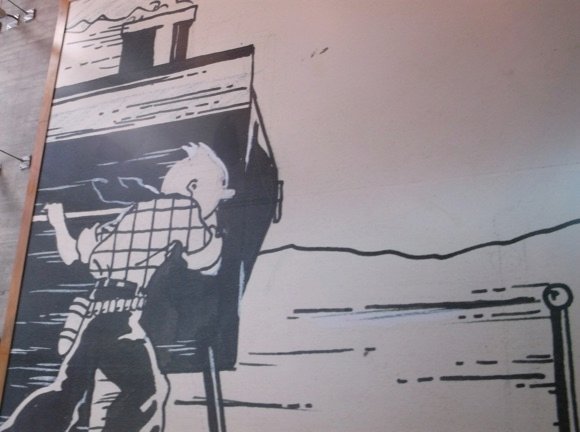
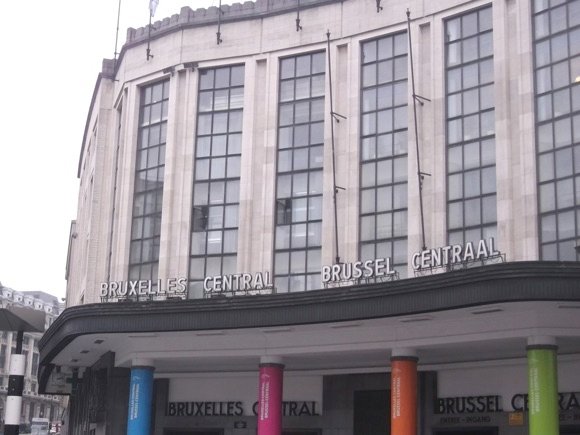
Brussels Airport is 11km (7 miles) north-east of the city. Four trains an hour (20-30mins, €7.60) link with the three main train stations in town, Midi, Centrale and Nord. A taxi is about €40. The Eurostar from London St Pancras has its terminus at Brussels Midi.
Several budget airlines use Charleroi, an hour’s bus journey to Brussels (€13 single, €22 return). If you’d prefer to reach Brussels by rail, you’ll have to catch local bus A (every 30mins, 15min journey time) from the stand to the far left of the concourse as you leave Charleroi airport terminal. A single ticket (pay on board) is €6, or you can buy a combined bus/train ticket to Brussels Midi for €15.50, either online or from one of the machines between the terminal and the bus concourse.
Brussels city transport consists of a metro network, interlinking trams running underground known as the pré-metro, and buses. A single is €1.80, five rides €7.50, ten €11.80, a day pass €6. For a cab, call Taxis Bleus (+32 2 268 00 00).
Where to Drink
The best pubs and bars for football fans






Brussels is justifiably famous for its range of beers, served in the bar hubs around place St-Géry and rue du Marché-aux-Charbons.
Opposite the Bourse, landmark o’reilly’s has long been the main pub for sport-watching. Over the boulevard, The Big Game (rue Henri Maus 5) is more basic with a huge screen for football and party atmosphere post-match. An equally short walk from the main square, Celtica is more intimate but no less rowdy. By St-Géry, the Lava at rue St Christoph 20 is a friendly spot for football watching.
Also central, Churchill’s at rue Ecuyer 29 sports images of classic Brit pop bands, has three large-screen TVs and keeps very late hours. In this same hub, party-minded Rooster’s has TV sports on eight TV screens and two projectors, plus 5am closure at weekends.






Cocktail-focused but sport-friendly when occasion demands, downtown Scott’s (rue Montagne aux Herbes-Potagères 2) can be easily located thanks to the unique cyclist statue outside.
Tucked away on tranquil place de Londres, between funky Ixelles and the business-like EU Quarter, Public House 12, the former Golden Stones, is a friendly and football-focused bar/pub. Also close to the expat-centric concrete jungle of the EU Quarter, Fat Boy’s (avenue de Cortenbergh 36) is a long-established and popular sports bar.
For a real feel of the local scene, Brasserie de l’Union, a couple of tram stops from Midi on the parvis de St-Gilles, is the classic hang-out of Union fans, the city’s flagship club of the pre-war era. At the other edge of the square, the Brasserie Verschueren puts food first during the day but features a gorgeous league ladder as its backdrop mural.
Where to stay
The best hotels for the stadiums and city centre



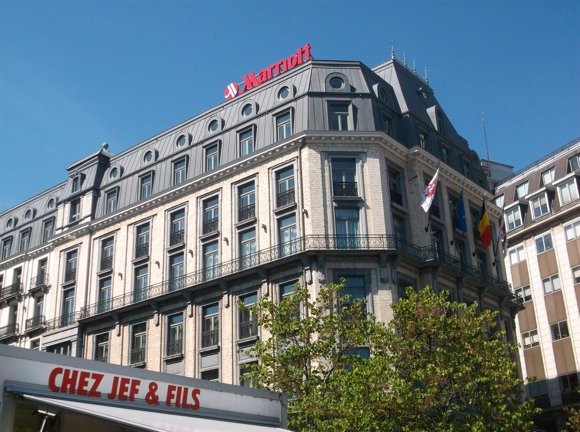


Visit Brussels allows you to can book a hotel through the tourist office.
Facing the main entrance of the Stade Baudouin on avenue Houba de Strooper, the Hotel Expo is a modern, functional three-star.
Of the many options near Midi Station and therefore also convenient for Anderlecht, the Park Inn by Radisson Brussels Midi Hotel offers reliable comfort, as does the hi-spec Pullman Brussels Centre Midi Hotel, with a pool, gym and 24-hour bar.
In town, the Marriott, the Matignon and Aparthotels Brussels offer varying levels of luxury close to the main square, Grand’Place. For old-school grandeur, look no further than the venerable Métropole, right on the central transport hub of De Brouckère.




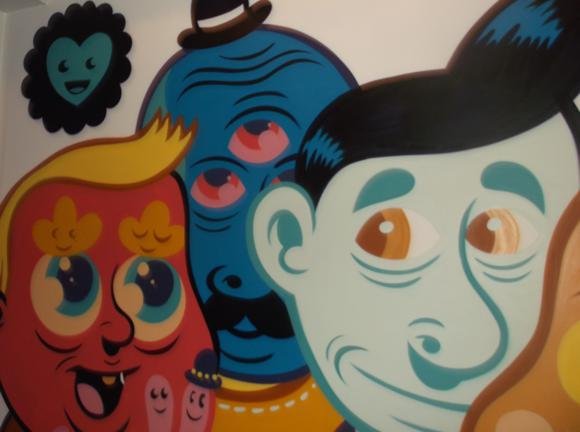


For convenience and comfort, the Hotel NH Brussels Carrefour de l’Europe exudes four-star elegance while the five-star Amigo marries history with contemporary design.
Slightly further out, The Hotel provides panoramic luxury on the ring road that encloses the city centre. Nearby photo-themed Zoom is a design-forward home from home, chic yet comfortable. At the northern edge of the Petit Ring, now in the NH group, the Bloom provides funky rooms done out with individual art, and a scented lobby, on the edge of the Turkish quarter.
If you’re after real Brussels, overlooking the main square of earthy Les Marolles, with its regular flea market, the Galia is a friendly, 20-room cheapie. Handy for the nightlife hub, the Hotel Orts offers standard rooms above a bar.

